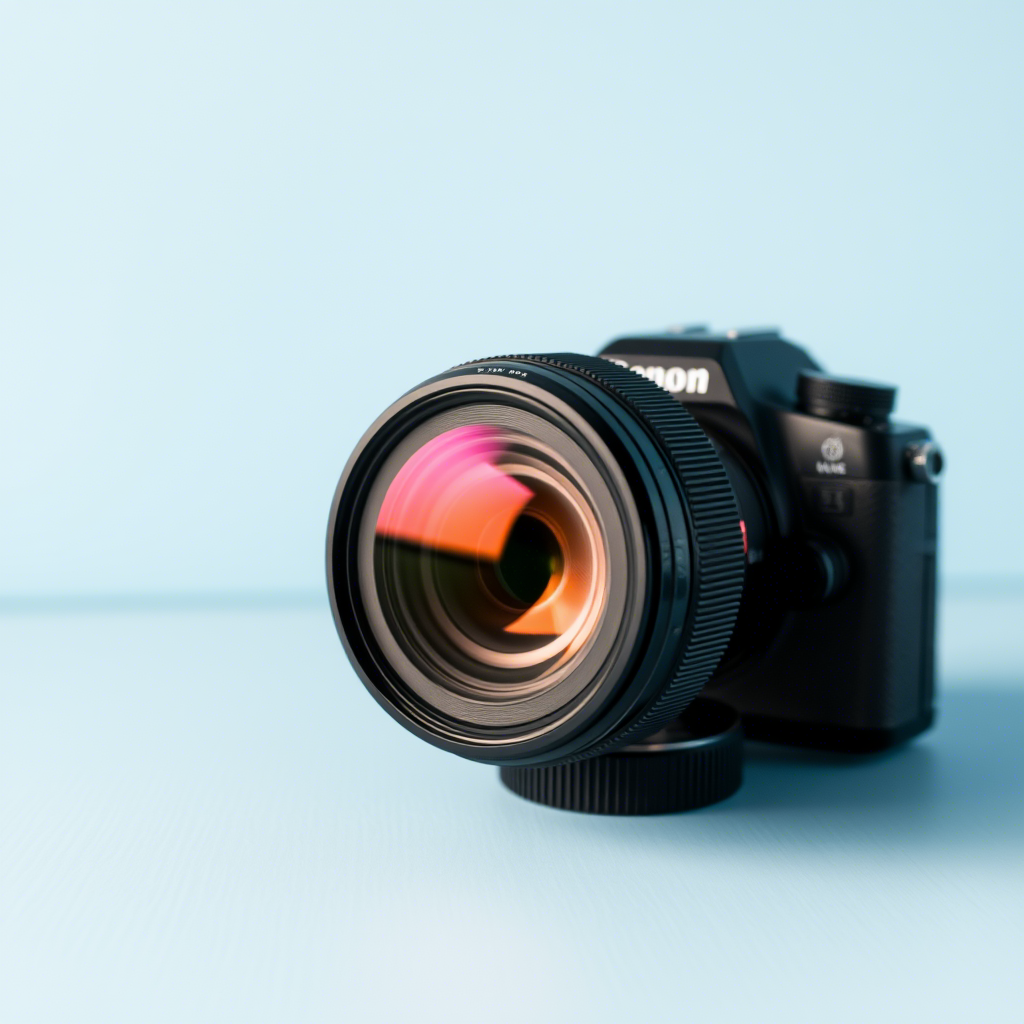Let’s be honest—buying your first camera lens is overwhelming. There are prime lenses, zoom lenses, telephotos, macros, wide-angles… It’s like learning a new language just to take a decent photo!
If you’re a beginner, don’t worry. We’ve all been there. This guide breaks it down in plain English—no technical jargon, just what you need to know to pick the right lens for your needs, style, and budget.
First Things First: What Does a Camera Lens Actually Do?
Think of your lens like your eyes—it decides what you see, how wide the view is, and how close you can get.
Your camera body is the brain, but your lens is the storyteller. Choosing the right one is like choosing the right brush if you’re a painter.
Step 1: Ask Yourself — What Will You Be Shooting Most?
Different lenses are better for different kinds of photography. Be honest about what excites you.
| Subject | Recommended Lens Type |
| Portraits | 50mm or 85mm prime |
| Landscapes | 10–22mm wide-angle zoom |
| Street | 35mm or 50mm prime |
| Wildlife | 200mm+ telephoto |
| Food / Detail | 60–105mm macro |
| Travel | 18–135mm versatile zoom |
Step 2: Understand the Two Main Types – Prime vs Zoom
Prime Lens
- Fixed focal length (e.g., 50mm)
- Usually sharper, lighter, and faster (low-light capable)
- Great for portraits, food, and learning framing
Example: Canon 50mm f/1.8 – “Nifty Fifty” – great image quality under $150
Zoom Lens
- Variable focal length (e.g., 18-55mm)
- More flexible, good for travel and everyday shooting
- Slightly heavier, sometimes less sharp
Example: 18-135mm or 24-105mm – great all-in-one options
Step 3: Focal Length – What Does 18mm vs 200mm Mean?
Focal length (measured in mm) tells you how wide or zoomed-in the photo will look.
| Focal Length | Effect |
| 10–24mm | Ultra wide – great for landscapes or architecture |
| 35mm–50mm | Standard view – close to what your eyes see |
| 85mm–135mm | Tight/zoomed – perfect for portraits |
| 200mm+ | Super telephoto – ideal for sports or wildlife |
Pro Tip: For crop-sensor cameras, multiply the lens length by 1.5x to get the real field of view.
Also Read:
Best Macro Lens for Food Photography
Best Budget Friendly Lens for Landscape Photography
Step 4: Aperture – The “f-number” That Affects Light and Blur
Ever see something like f/1.8 or f/3.5-5.6?
- Lower f-number (f/1.8) = More light, more background blur (great for portraits)
- Higher f-number (f/5.6) = Less light, more of the scene in focus (good for landscapes)
For beginners: Look for f/1.8 to f/2.8 for portraits, f/3.5 to f/5.6 for general use.
Beginner Mistakes to Avoid
- Buying based on hype or YouTube trends – Think about your real needs
- Ignoring lens compatibility – Make sure the lens fits your camera mount (Canon EF vs RF, Sony E, Nikon Z, etc.)
- Overcomplicating it – One good lens is better than five confusing ones
- Forgetting about weight – A heavy lens can be a pain to carry while travelling
3 Great First Lenses (By Brand)
✅ Canon
Canon EF 50mm f/1.8 STM – Amazing image quality, low price
Canon RF 24-105mm f/4-7.1 IS STM – All-around starter zoom for mirrorless users
✅ Sony
Sony 50mm f/1.8 – Great for portraits and everyday use
Sony 18-135mm – Flexible and lightweight for travel
✅ Nikon
Nikon 35mm f/1.8G DX – Great for storytelling and food photography
Nikon Z 24-70mm f/4 S – Versatile zoom for Z-mount cameras
Final Thoughts: Let Curiosity Guide You
Choosing your first camera lens shouldn’t be stressful—it should be exciting. You’re not just buying a tool; you’re buying a new way of seeing the world.
Start simple. One good lens can teach you more than five expensive ones.
As you shoot, you’ll naturally understand what your gear can (and can’t) do—and that’s how you’ll grow into your next lens with confidence.
